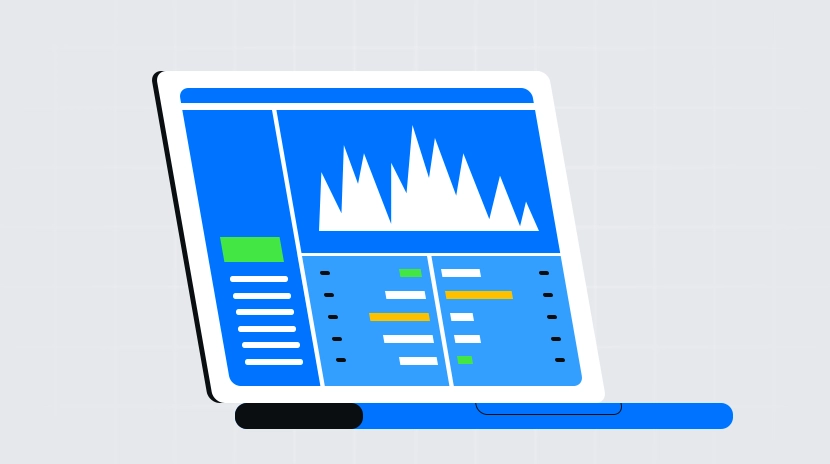ballon payment vs drop payment

Balloon payments and drop payments represent two distinct loan repayment structures widely used in both traditional finance and cryptocurrency lending markets. With a balloon payment model, borrowers make smaller regular payments throughout the loan term but are required to make a significantly larger "balloon" payment at maturity. In contrast, drop payments (also known as installment payments) distribute the loan amount evenly across the entire repayment period, with the borrower paying identical amounts each period until the debt is fully satisfied. These two models offer borrowers different financial planning options while representing different risk-reward balances.
Market Impact
Balloon and drop payment methods have markedly different impacts on the market, especially as these traditional financial models have been introduced to cryptocurrency lending:
-
Liquidity management: The balloon payment model allows borrowers to maintain higher liquidity during the loan period, which is particularly important in cryptocurrency markets where holders can use these funds for short-term trading or yield-generating staking activities.
-
Risk pricing: Lending institutions typically set higher interest rates for balloon payment loans, reflecting the increased default risk associated with the final large payment.
-
Market accessibility: Drop payments, with their predictability and balanced cash outflows, have lowered the barrier to entry for the crypto lending market, enabling more traditional investors to participate.
-
Derivatives development: Crypto loans based on different repayment structures have spawned specialized derivatives markets, including repayment insurance and settlement risk hedging instruments.
-
Institutional adoption: Traditional financial institutions entering the crypto space tend to favor the familiar drop payment model, while innovative crypto-native platforms more commonly offer flexible balloon payment options.
Risks and Challenges
Balloon and drop payments each present unique risks and challenges, particularly in the highly volatile cryptocurrency market:
-
Balloon payment risks:
- End-of-term payment risk: Borrowers may be unable to raise sufficient funds to cover the large balloon payment on the due date
- Asset value volatility: If the collateralized crypto assets significantly depreciate during the loan term, liquidation risks increase
- Refinancing difficulties: Changing market conditions may prevent borrowers from obtaining expected refinancing to cover the balloon amount
- Liquidity illusion: Lower initial payments may cause borrowers to incorrectly assess their actual repayment capacity
-
Drop payment challenges:
- High opportunity cost: Regular equal repayments limit the borrower's ability to participate in short-term high-yield opportunities
- Financial strain: During crypto market downturns, fixed high installment payments can create significant pressure
- Limited flexibility: Inability to adjust payment amounts based on market cycles
- Front-loaded burden: Higher initial cash outflows compared to balloon payment structures
-
Shared challenges:
- Regulatory uncertainty: Underdeveloped regulatory frameworks for crypto loan products may affect contract enforcement and legal protection
- Smart contract risks: Automatically executed loan agreements may contain code vulnerabilities or design flaws
Future Outlook
As cryptocurrency financial services mature and innovate, both balloon and drop payment models will undergo significant evolution:
-
Hybrid models emergence: The future likely holds more hybrid products combining the advantages of both payment methods, such as stepped balloon payments that allow borrowers to gradually increase payment amounts rather than making a single large payment.
-
Smart contract optimization: Blockchain-based smart loan protocols will enable more granular risk assessment and dynamic interest rate adjustments, automatically modifying repayment terms based on borrower behavior and market conditions.
-
On-chain credit scoring: As decentralized identity and credit systems develop, lending institutions will be able to price different repayment models more accurately, reducing default risks.
-
Cross-chain lending protocols: Future repayment structures may support cross-chain assets as collateral and allow repayments in different tokens, improving capital efficiency.
-
Regulatory compliance integration: As regulations clarify, compliance elements will be directly coded into loan smart contracts, simplifying cross-border lending and providing greater legal certainty.
-
Automated risk hedging: Loan smart contracts may incorporate derivatives functionality, allowing borrowers to automatically hedge against collateral asset volatility, especially for final large payments in balloon structures.
Whether balloon or drop payments, their evolution in the cryptocurrency lending market reflects the merging of traditional financial instruments with blockchain technology. This fusion creates financial products that are both familiar and innovative, offering users more diversified financial choices while introducing new risks and opportunities. Understanding the advantages and disadvantages of these payment models is crucial for crypto market participants to make informed financial decisions, especially when facing market volatility. As crypto financial infrastructure continues to develop, these payment models will continue to adapt to user needs and play important roles in the broader financial ecosystem.
Share
Related Articles

Gate Research: 2024 Cryptocurrency Market Review and 2025 Trend Forecast

Altseason 2025: Narrative Rotation and Capital Restructuring in an Atypical Bull Market
